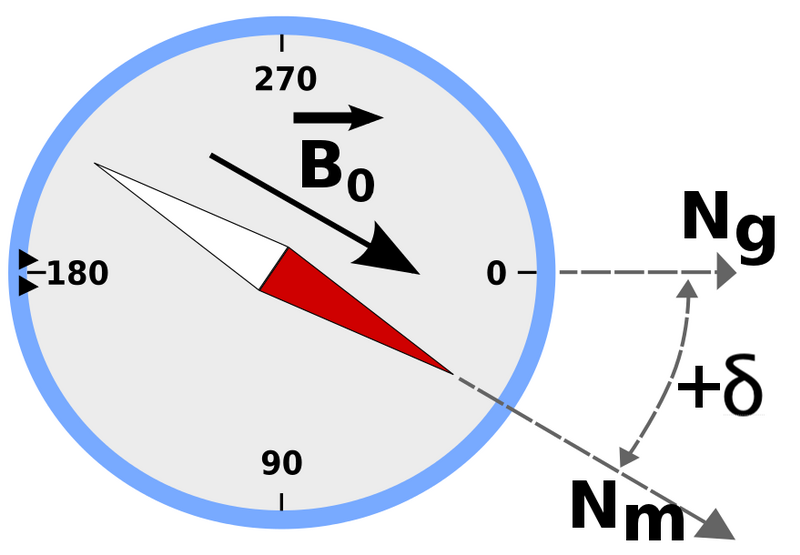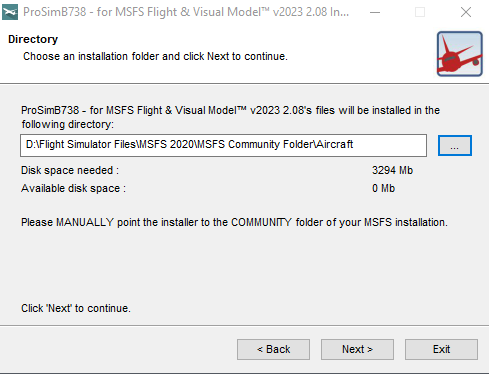FLIGHT CONTROLS - YOKE AND COLUMN
oem captain-side 737 yoke retrofitted to simulator
Flight Controls - General Information
The yoke (which includes the column) is used on every flight. As such, a well designed reproduction yoke will instill an enormous amount of enjoyment, and provide a greater level of realism.
I've used several yokes in the past ranging from a joystick, to a desktop yoke made by CH Products and then a yoke manufactured by Precision Flight Controls (PFC). At the time I couldn't find an OEM yoke, so in the interim used a yoke manufactured by ACE Engineering as test bed. However, soon after delivery an OEM yoke and column became available and the ACE yoke was sold.
Test Bed Yoke - ACE Engineering
Every review I read on the Internet about this yoke was positive, despite some concerns to the reliability of the manufacturer, especially in relation to time delays and communication.
The reasons for selection of this yoke were:
Column height above the floor identical to that of a real Boeing 737 yoke
Excellent construction (brushed aluminium with powder coating)
Plug & play functionality
Accurate replica of a 737 series yoke including stencils
Inclusion of a Next Generation checklist plate - accurately sized and attached to the yoke at the correct angle
Wide base plate allowing attachment to the simulator floor
Rotary potentiometers rated to military specifications (5 million duty cycle pots).
The final point in relation to potentiometers I thought very important, as my previous yoke from Precision Flight Control, had failed due to excessive wear of these essential devices.
During simulator testing (2012-13), I had no problems with this yoke.
For further information see Review of the ACE yoke.
OEM control columns (captain and first officer)) from boeing 737-500 previously used by Croatian airlines (PRIOR TO SHIPPING)
OEM 737-500 Dual Yokes and Columns
I was fortunate to procure a pair of OEM yokes and columns from a dismantled 737-500 series soon after I had taken delivery of the yoke from ACE.
The flight controls included: yokes, chart holders, trip indicators, electric trim switches, column pod shoes and stick shakers.
Unfortunately, the linkage infrastructure used to connect the two columns to each other wasn't available. Therefore, an alternative method was used to connect the columns to each other.
The lower section of each column has a large cog which is used to mesh with the under floor linkage rods between the Captain and First Officer side. As mentioned, the linkage rod was unobtainable. Therefore, the cog was cut away from the column using an angle grinder.
Although a linkage rod may have been found in due course, the cogs and linkage rods require at least 12 inches of platform height to install. The platform I am using is 5 inches in height, due to vertical space limitations.
Ultimately, there's little difference between OEM and fabricated linkages, provided the later are engineered correctly and are made solidly.
oem control column retrofitted to simulator
Conversion
The flight controls were water jet cleaned to remove oil, dirt and residue and most of the wiring was removed and replaced.
To allow roll, a rod-like assembly was installed into the column of the yoke. This rod and pinion mechanism was then connected to the under floor linkage to enable synchronised movement of the left and right-side flight controls.
The electric trim button and autopilot deselect button on the yoke are wired and connected to a Leo Bodnar BU0836 joystick card. To calibrate the ailerons and elevator, two Unimeasure LX-PA string potentiometers are used and connected to a Leo Bodnar BU0836X card.
Although it is normal practice to use only one joystick card, I wanted to separate the components to a dedicated card.
The joystick cards are housed in a metal protective case within a dust proof box. The box is mounted to the underside of the platform and access is from the Captain side. Each card is connected to the server computer by a single USB cable.
Calibration
Calibration of the joystick card is initially done in Windows. This registers the flight control's movement of the pitch and roll axis (aileron and elevator). Calibration and fine tuning is then done either in FSUIPC or by Direct Calibration in ProSim737.
heavy duty springs attach to a aluminum bar beneath each column. the fiberglass rod connecting the yokes can be seen upper left
Under Platform Linkages
OEM lineages between the Captain-side and First Officer yokes have not been used. The primary reason for this is that the platform is not high enough to accommodate the OEM under platform hardware.
Both yokes have been synchronised to each other by linking the internal yoke connectors, that traverse the inside of each column, with two stainless steel rods. The rods are in turn connected with a pivot under each column.
The columns move in unison by attaching each of them to an aluminum bar that pivots forward and aft. Heavy duty tensile springs are used to replicate the correct control pressure when the yokes and columns are moved.
For additional information see Conversion of 737-500 Yokes and Columns.
Additional photographs of the ACE yoke can be viewed in the Image Gallery.
Additional photographs of the OEM yoke can be viewed in the Image Gallery.
For addition information on calibration of flight controls using FSUIPC see How To Calibrate Flight Controls.
For additional information to how the stick shaker was converted see OEM Boeing Stick Shaker Conversion.
Updated 20 June 2020.
Updated 04 January 2025.












































